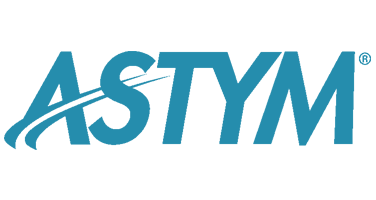
18 Nov Botox® for Tennis Elbow?
It sounds strange to some people, but these injections are being tried to relieve tennis elbow pain, and with some success. As a sports physician, I have seen many patients with tennis elbow. I also do medical research, and as a result, I was invited to perform a review of a proposed article for a professional journal on botulinum toxin (Botox® is a trade name for botulinum toxin A) in the treatment of tennis elbow (lateral epicondylitis).
This type of review is part of the peer review process that helps to ensure that quality articles get published in medical and scientific journals. The editors of a peer-reviewed journal contact other researchers or knowledgeable professionals in the field to review submitted articles and render an opinion on whether an article should be published, and what modifications, if any, should be made to the article before publishing.
The editors of a medical journal asked me to be a peer reviewer on an article about a study where botulinum toxin was used in the treatment of tennis elbow. Overall, it was a good prospective, pilot study comparing botulinum toxin injections with corticosteroid injections in the treatment of acute and subacute tennis elbow. After the review process, the study was published. Here is a link to the abstract for that article (summary of the article). Although I am not going to comment on this particular article, I do think commenting on this treatment approach in tennis elbow is worthwhile. Significant study of this approach has not been done, however there does appear that at times, there may be some benefit to this type of injection. There may also be a downside.
The seeming purpose of the injection is to lessen the pain of tennis elbow. Botulinum toxin has been regularly used to paralyze muscles with great success, so it would follow that botulinum toxin could also paralyze or deaden sensory nerves and thereby relieve the pain of tennis elbow. However, there has been no suggestion that botulinum toxin promotes any real healing of the degenerative tendinopathy, which is the actual underlying problem of chronic tennis elbow. The real question is whether a decrease in the symptoms of tennis elbow would be due to the deadening of the sensory nerve, or could it be due to the weakening of the muscles that attach to the abnormal tendon which would decrease the stress on the tendon.
Short term tennis elbow (lateral epicondylitis) may be due to inflammation. In short term cases of tennis elbow (less than four weeks), most healthcare professionals prescribe rest, ice, and anti-inflammatory medication. If these treatments do not resolve the tennis elbow and the condition persists, then the more chronic condition is often thought to be caused by degeneration and referred to as lateral epicondylosis, and other treatments or tennis elbow therapy are employed.
Longer term cases tennis elbow, also known as chronic lateral epicondylitis, lateral epicondylosis and elbow tendinosis/tendinopathy, can be treated by various means, including:
• Astym treatment
• Autologous Blood Injections
• Corticosteroid Injections
• Eccentric Exercise
• Electrical Stimulation and Iontophoresis
• Extracorporeal Shockwave Therapy (ESWT)
• Fenestration (percutaneous tenotomy)
• Friction Massage
• Glyceryl Trinitrate (Nitroglycerin) Patches
• Laser/Light Therapy
• NSAIDs/Anti-inflammatory Drugs
• Platelet Rich Plasma (PRP) Injections
• Prolotherapy (Sclerotherapy):
• Relative Rest/Splinting/Immobilization
• Stretching/Ice
• Surgery
• Ultrasound and Phonophoresis
Botulinum toxin injection has not made the list of the most common tendonitis treatments. Since the purpose of the injection seems to be limited to pain relief with no healing benefit, it may not become a regular treatment for tennis elbow. The downside of these injections can include muscle weakness and possible decrease in function while the botulinum toxin is active. And although botulinum toxin may reduce pain, there is not any significant supporting evidence showing that it can improve function for patients with tennis elbow.




